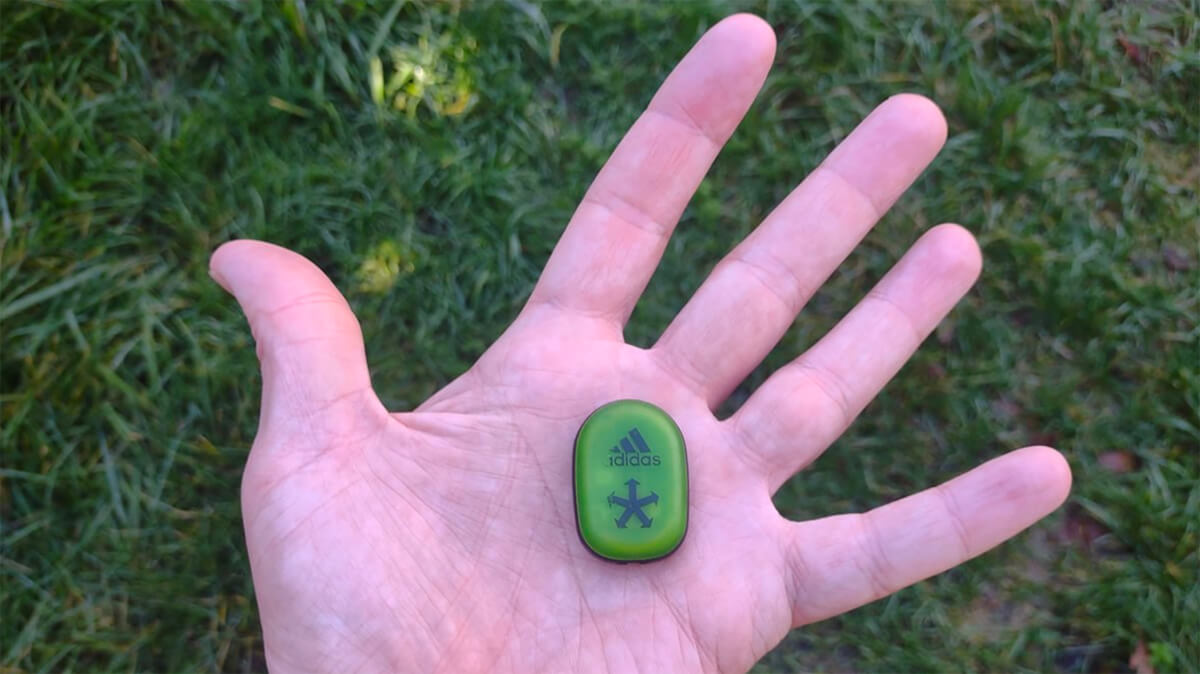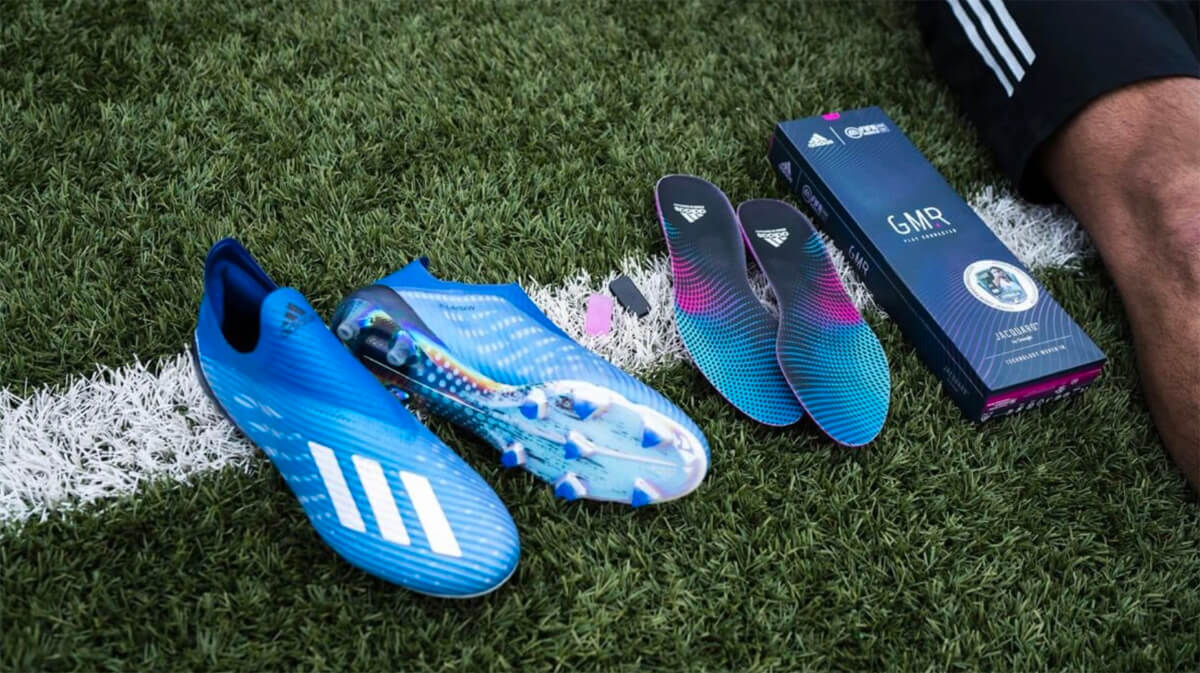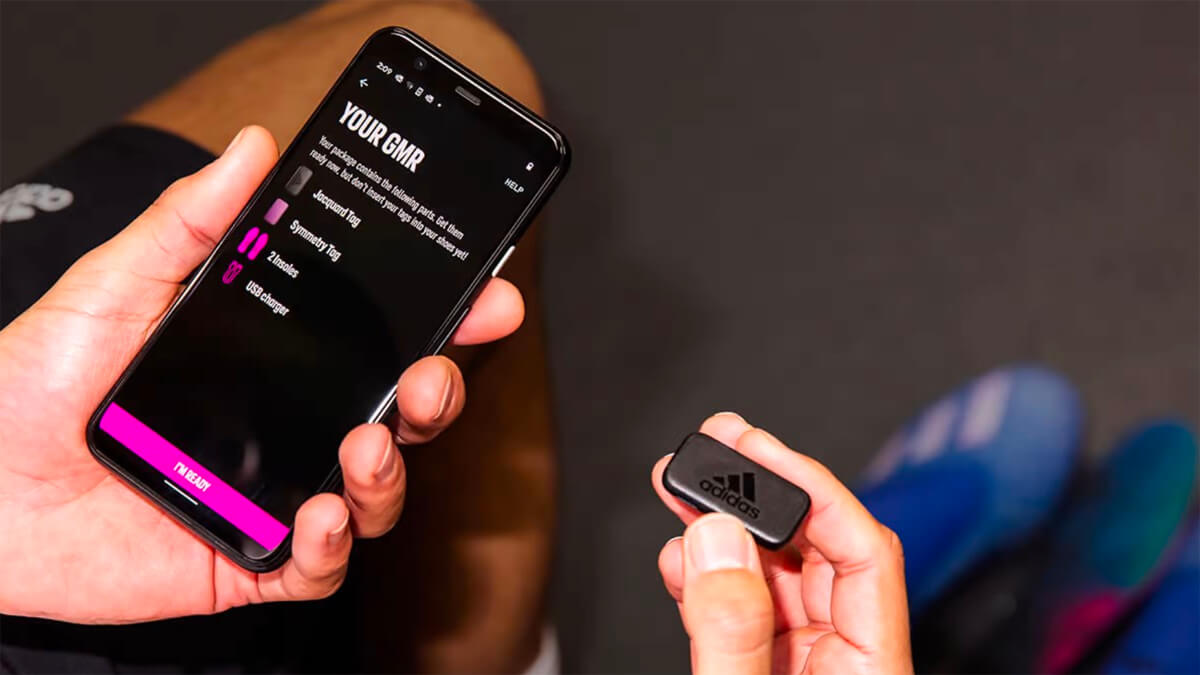Unleashing Soccer Potential: How Wearables and Technology Are Transforming Cleats and Player Performance
By: Kandevil, Guest Contributor
May 24, 2023
The integration of wearables and technology has revolutionized the way soccer players gather and utilize information, including data related to their soccer cleats. This advancement has provided all players with unprecedented access to valuable data and insights previously reserved for professionals. The incorporation of these innovations into soccer cleats has paved the way for a new era of performance analysis and optimization.

The First Data Collection
Leading the charge was the Adidas miCoach, a pioneering innovation that revolutionized player tracking and data collection. First seen used in the Adidas F50 adiZero Micoach cleats, they integrated a small chip into a cavity of the boot's soleplate.
The miCoach system then captured essential metrics such as distance covered, top speed, sprints, and movement intensity. This invaluable data could then be wirelessly transmitted to compatible devices, such as smartphones or computers, enabling players and coaches to delve deeper into their performance and unlock new avenues for improvement.
Eventually Adidas would move the technology from the foot to the ball, releasing their miCoach Smart Ball; a FIFA approved soccer ball that tells you how hard you’ve kicked it, with how much spin along with exact impact zones and flight trajectories of the ball.
Players could use this information to improve their set piece plays, or just to challenge their friends or compare themselves to professionals.

Smart Insoles and Sensor Systems
Smart insoles equipped with sensors are designed to fit inside soccer boots, providing real-time data on various aspects of a player's performance. These sensors capture information such as foot pressure distribution, gait analysis, and impact forces. By analyzing this data, players can identify any biomechanical issues, make adjustments to their technique, and improve their overall performance.
In 2020, Adidas released a Google Jacquard-powered insole, the GMR Pack that tracked your moves on the pitch. In an interesting collaboration, EA Sports allowed users to take physical performance data to unlock rewards in FIFA Mobile to help beef up their "Ultimate Team".

Playermaker is a wearable device specifically designed for soccer players. It is a small sensor that is attached to the outside of a player's soccer cleats. The device uses advanced motion-tracking technology to capture and analyze various aspects of a player's performance during training sessions and matches.
The device uses sophisticated algorithms to interpret the data, allowing players and coaches to gain valuable insights into their performance and make informed decisions for training and game strategies. It enables players and coaches to review and evaluate performance metrics, identify areas for improvement, track progress over time, and make data-driven decisions to optimize training and player development.

Performance Tracking Apps
Performance tracking apps are used in conjunction with wearables or smartphones to monitor and analyze a player's performance metrics. These apps can track factors like speed, distance covered, number of sprints, and even player positioning. By analyzing this data, players can gain insights into their playing style, work on weaknesses, and enhance their overall game.
Biometric Tracking
Biometric tracking devices, such as heart rate monitors and GPS trackers, can provide valuable information on a player's physical exertion, fatigue levels, and recovery. By analyzing this data, players can optimize their training sessions, manage their workload, and ensure they are wearing the right boots for their specific needs.
Conclusion
Wearables and technology in and on cleats are now widely used in professional clubs, academies, and training programs, as they offer a comprehensive and objective analysis of player performance. With detailed and accurate data, the aim is to enhance player development, improve training methods, and ultimately elevate the overall performance and success of soccer players and teams.
In summary, wearables and technology have empowered players by providing them with valuable information related to their soccer footwear. Through data analysis, players can optimize their technique, improve performance, and select the most suitable boots for their playing style. This integration of technology and footwear has transformed the way players approach their training, enhancing their overall game and experience on the field.